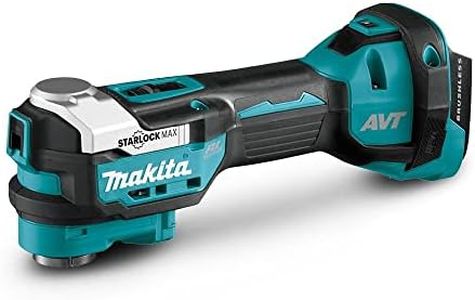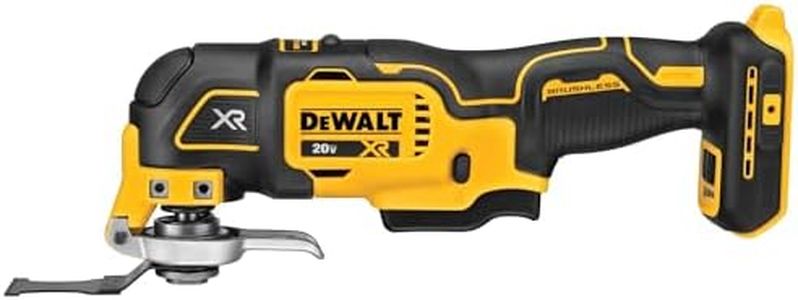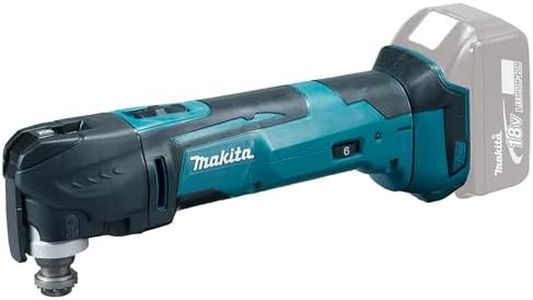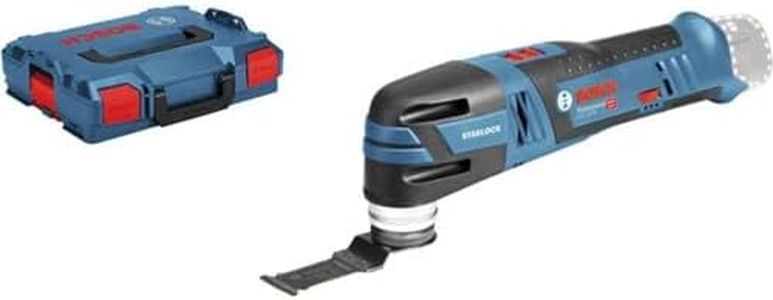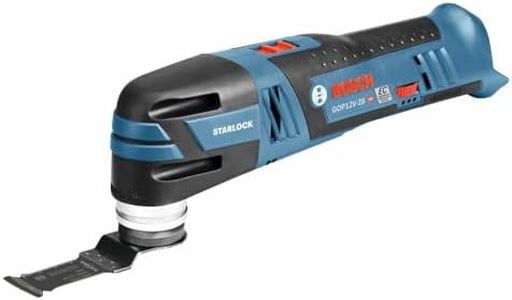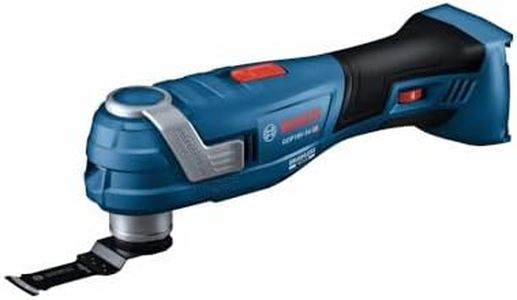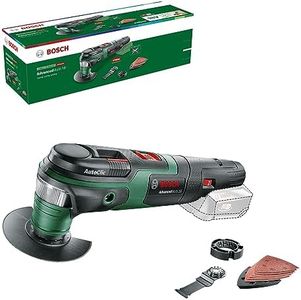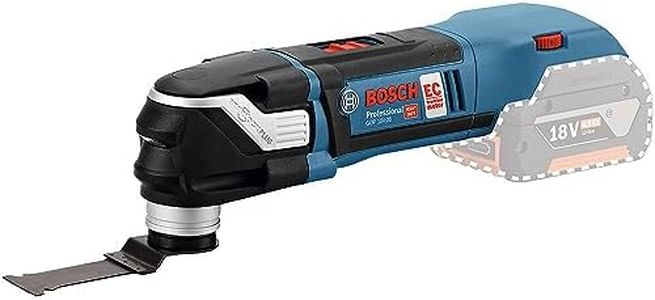We Use CookiesWe use cookies to enhance the security, performance,
functionality and for analytical and promotional activities. By continuing to browse this site you
are agreeing to our privacy policy
10 Best Cordless Oscillating Tool
From leading brands and best sellers available on the web.Buying Guide for the Best Cordless Oscillating Tool
Shopping for a cordless oscillating tool can be straightforward if you know what features matter most for your needs. These tools are highly versatile, letting you cut, sand, grind, and scrape with ease. The key is to match the tool’s abilities to the types of projects you plan to handle—whether quick home fixes or regular renovation tasks. Consider how you’ll mostly use the tool, the types of materials you’ll work with, and how important comfort and ease of use are for you.Battery VoltageBattery voltage determines how much power your cordless oscillating tool will have. Common values range from around 12V up to 20V or even higher. Lower voltages (like 12V) are lighter and suitable for basic home tasks, while higher voltages (18V or 20V) give you more cutting power and performance for heavy-duty or prolonged use. If you mostly do light repairs, a lower voltage may be enough, but if you expect to use the tool for bigger renovation or construction work, higher voltage gives more strength and durability.
Oscillation Speed (OPM - Oscillations Per Minute)Oscillation speed tells you how fast the tool's attachment moves back and forth. It’s usually shown as a range (like 8,000–20,000 OPM). Higher speeds allow for faster, more aggressive cutting or sanding, which is great for tough jobs. Lower speeds are better for precision work or delicate materials. Many tools let you adjust the speed, which is ideal if you want flexibility. Think about what tasks you’ll do most: if you need accuracy and control, variable speed is helpful; if speed and power matter more, look for a tool with a higher maximum OPM.
Accessory Change SystemThis refers to how you attach different blades or sanding pads to your tool. Some oscillating tools use tool-free (also called quick-change) systems that let you swap accessories by hand, while others require a wrench. Tool-free systems are much more convenient, especially if you often switch between tasks. If you want fast, hassle-free changes, choose a tool-free system; if you don’t mind spending an extra minute every so often, a traditional method can work.
Ergonomics and WeightErgonomics means how comfortable and easy the tool feels in your hand during use. Lighter tools are usually easier to handle, especially for extended work or when working overhead. Look for handles with soft grips and a shape that fits your hand well. If you expect to use the tool for long periods, prioritize comfort and lighter weight. If you only use it occasionally or for quick jobs, weight may not be as important to you.
Battery System CompatibilitySome brands design their batteries to work with a whole range of their cordless tools. If you already own other cordless tools from the same brand, you might be able to use those batteries with your new oscillating tool. This is convenient and can save you the cost and hassle of buying extra batteries or chargers. If you plan to expand your tool collection in the future, consider looking for a model from a brand with a shared battery system.
Included AccessoriesOscillating tools work with various attachments, like blades for cutting or pads for sanding. Some tools come with a generous assortment of accessories, while others include only a few. Think about what tasks you’ll do right away—if you need to cut, sand, or scrape multiple materials, a kit with more accessories gets you started faster. However, most tools accept a wide range of aftermarket attachments, so you can always buy more later if needed.


